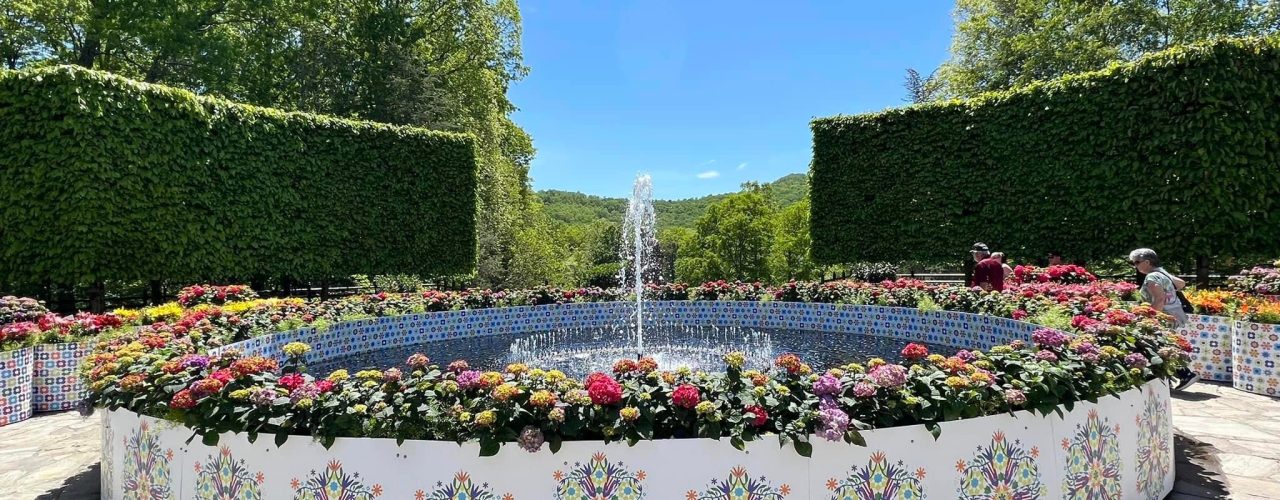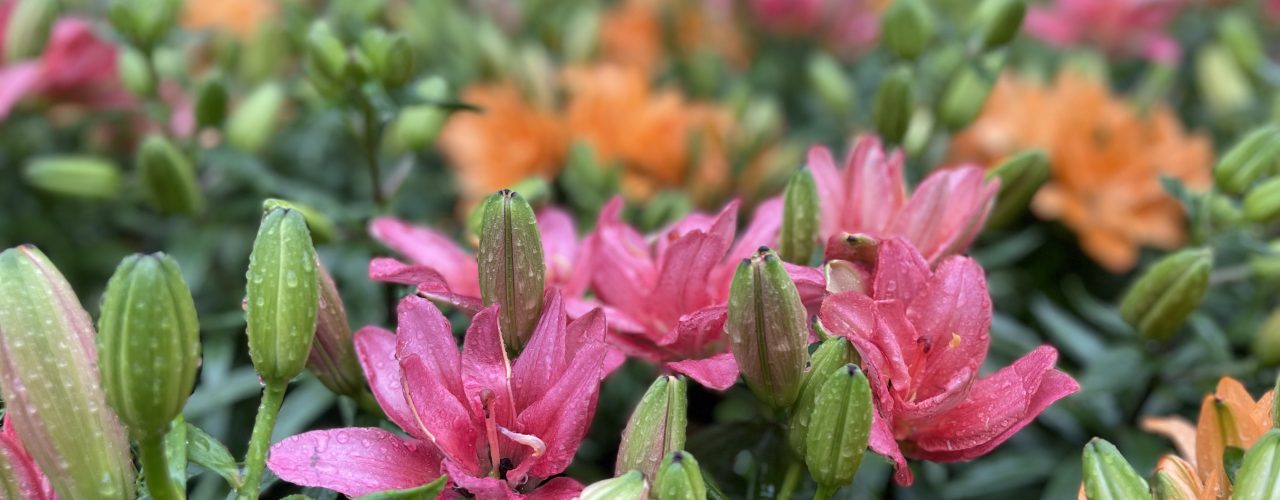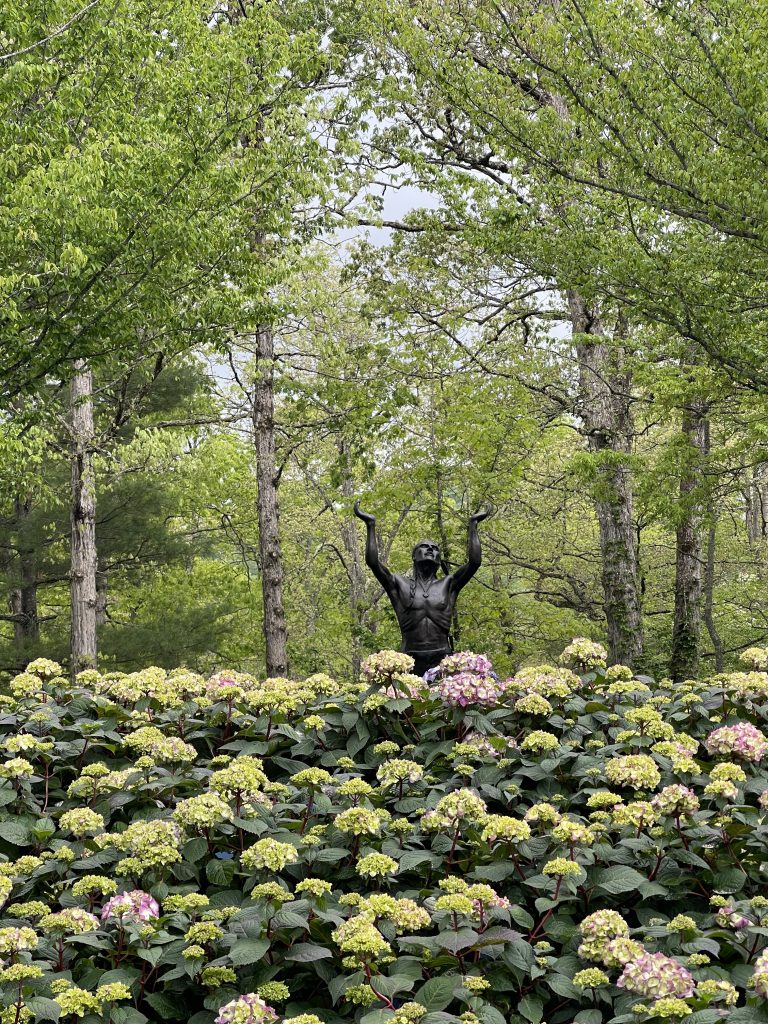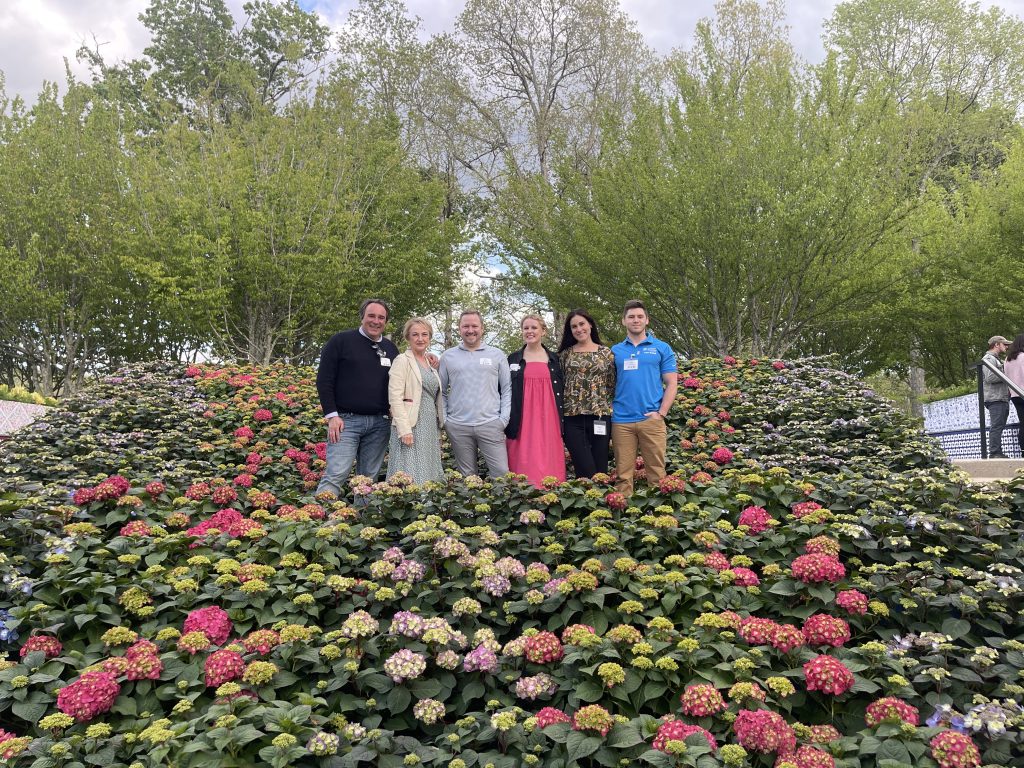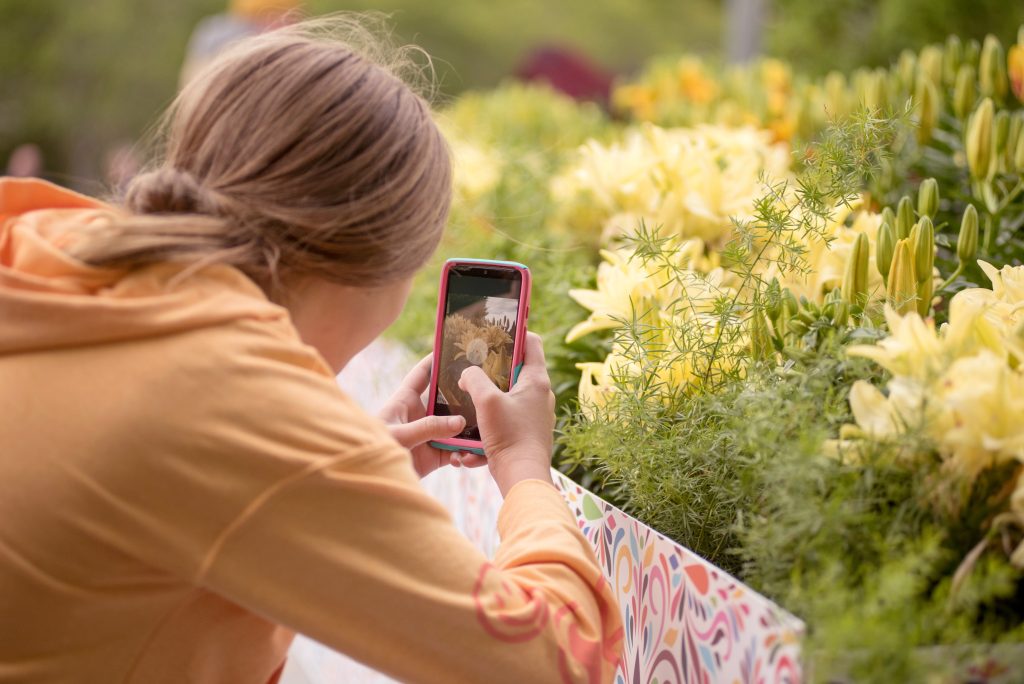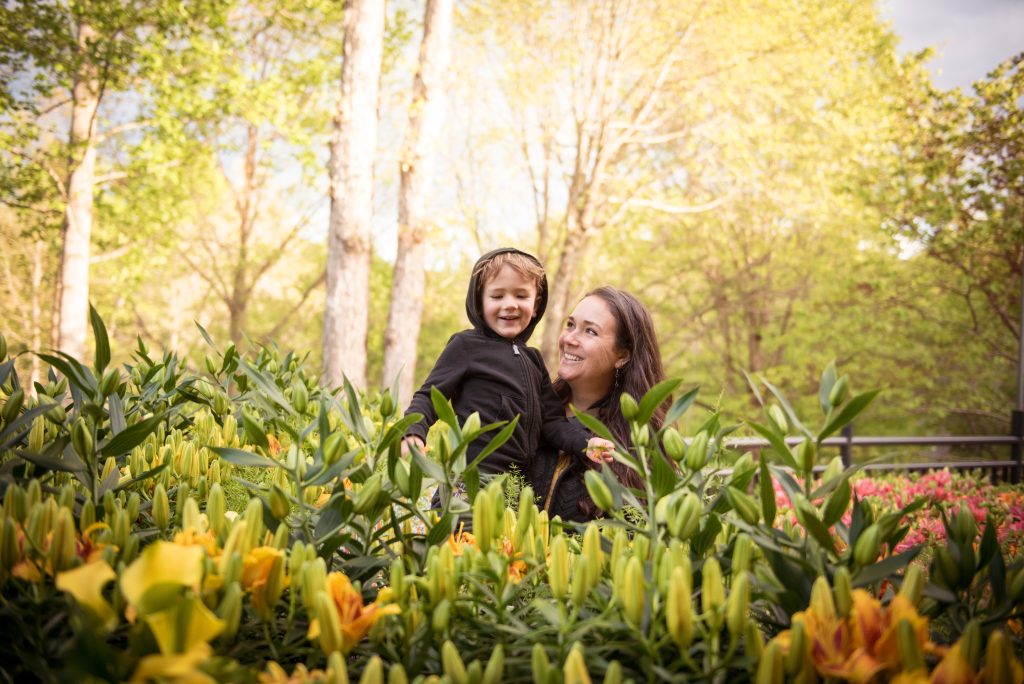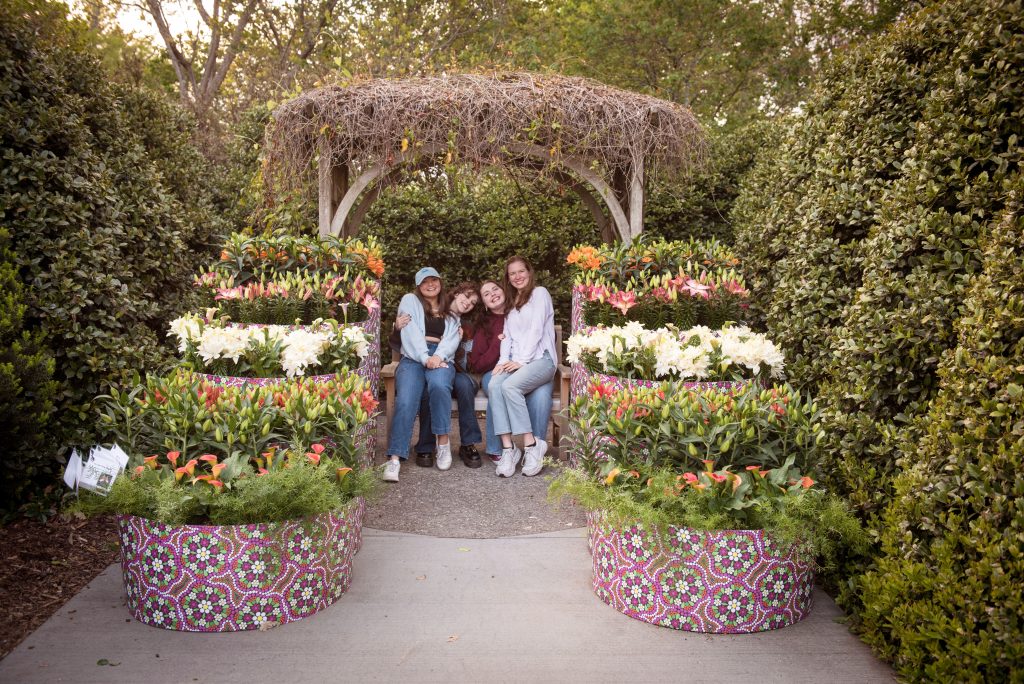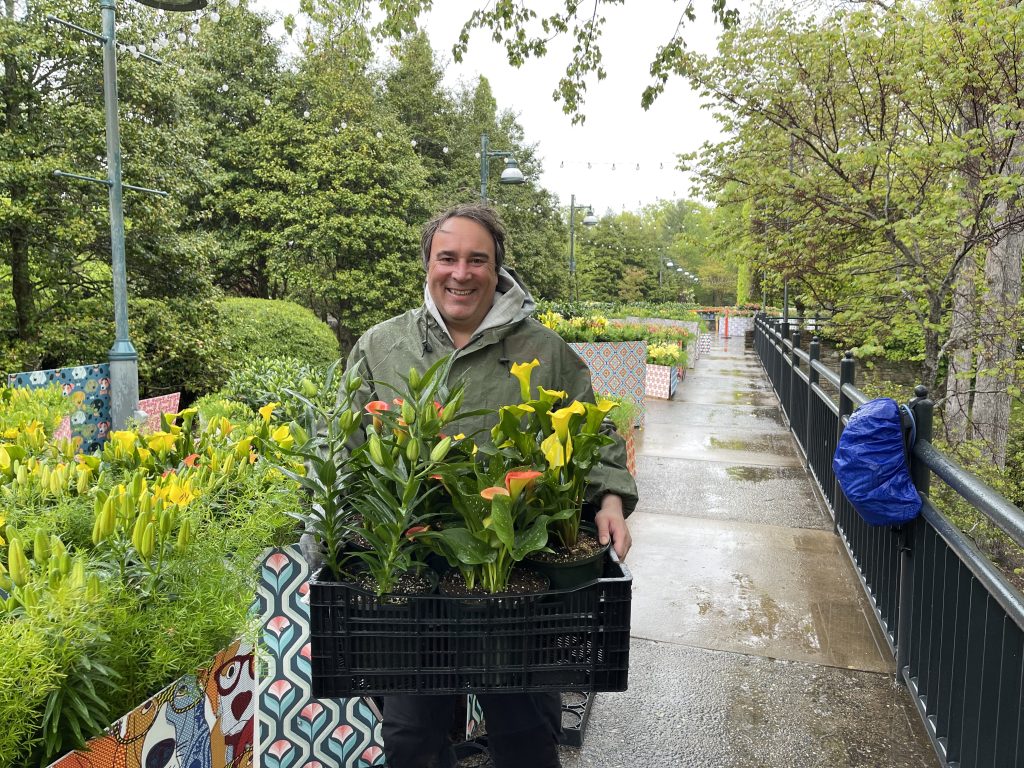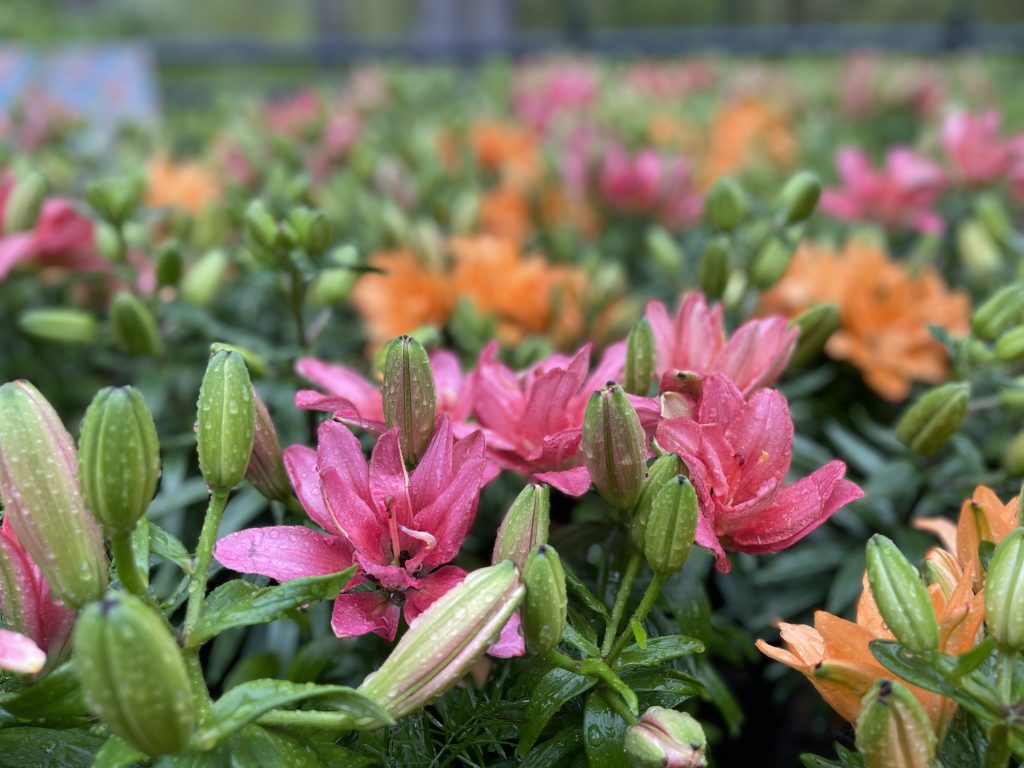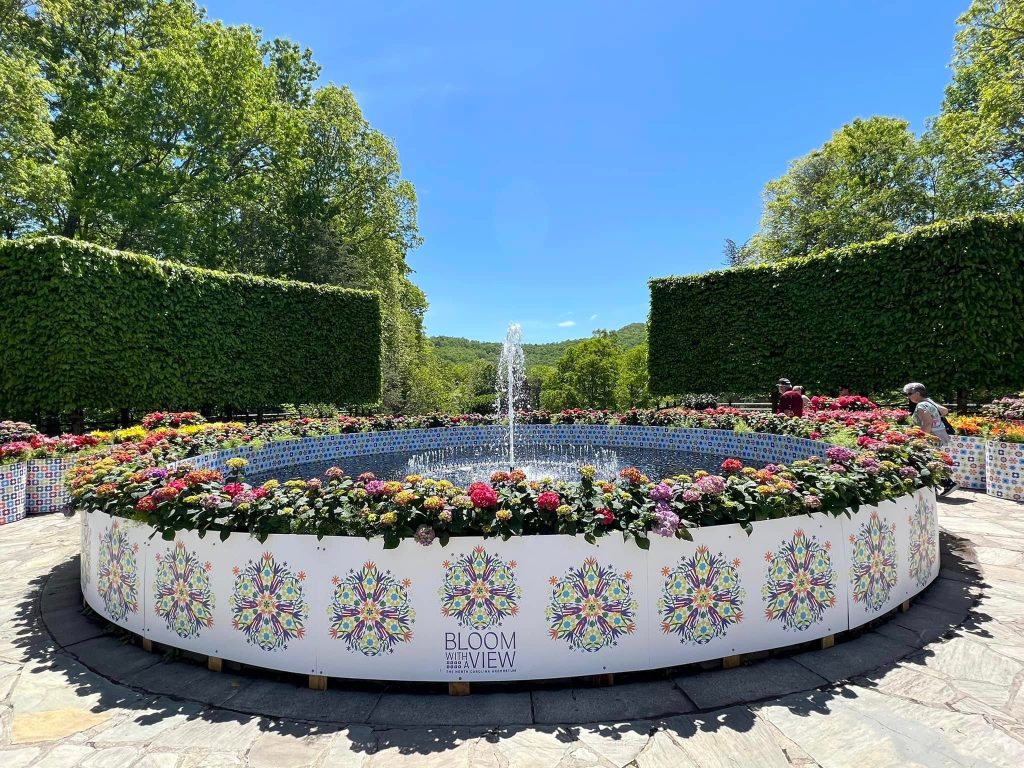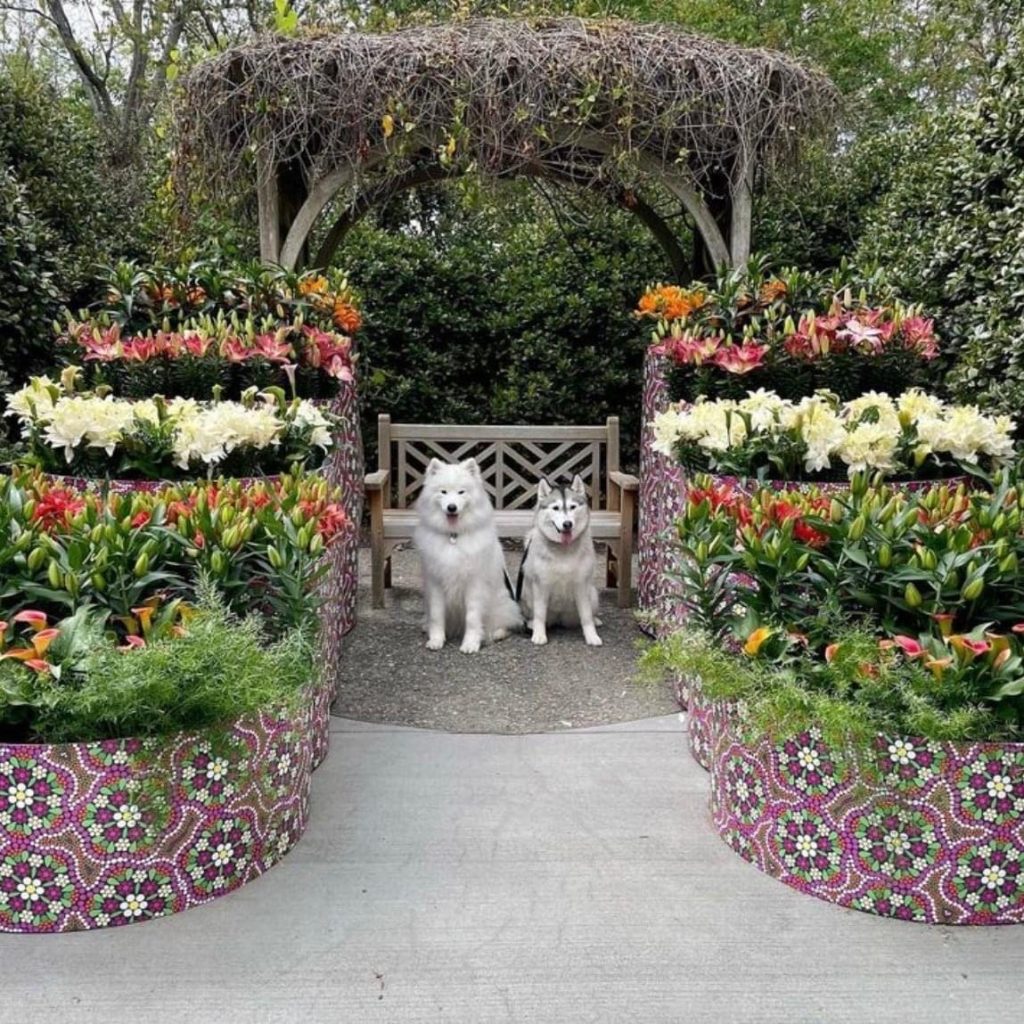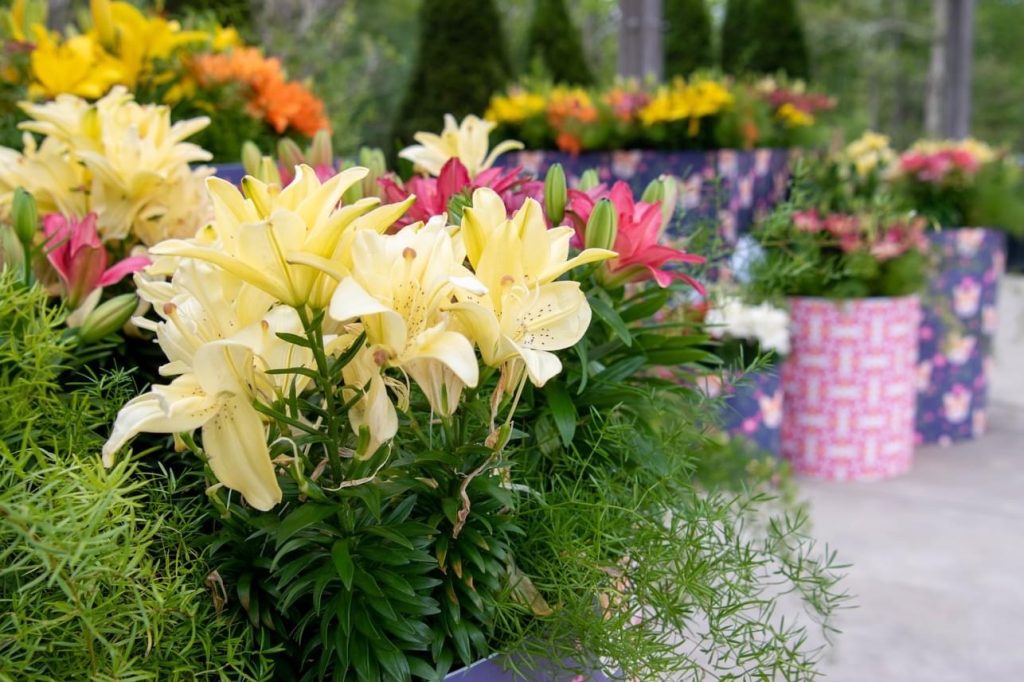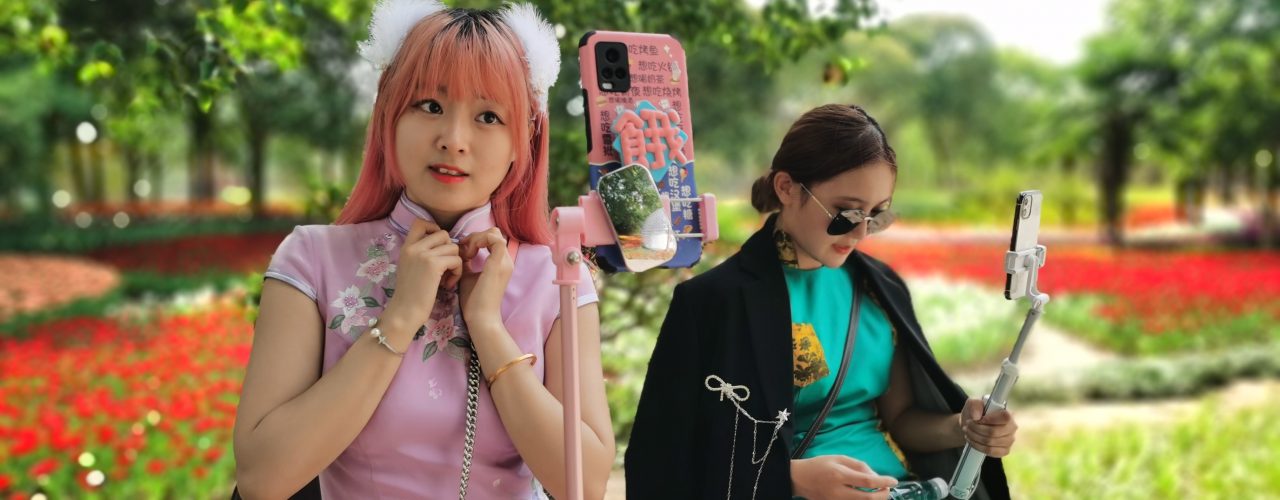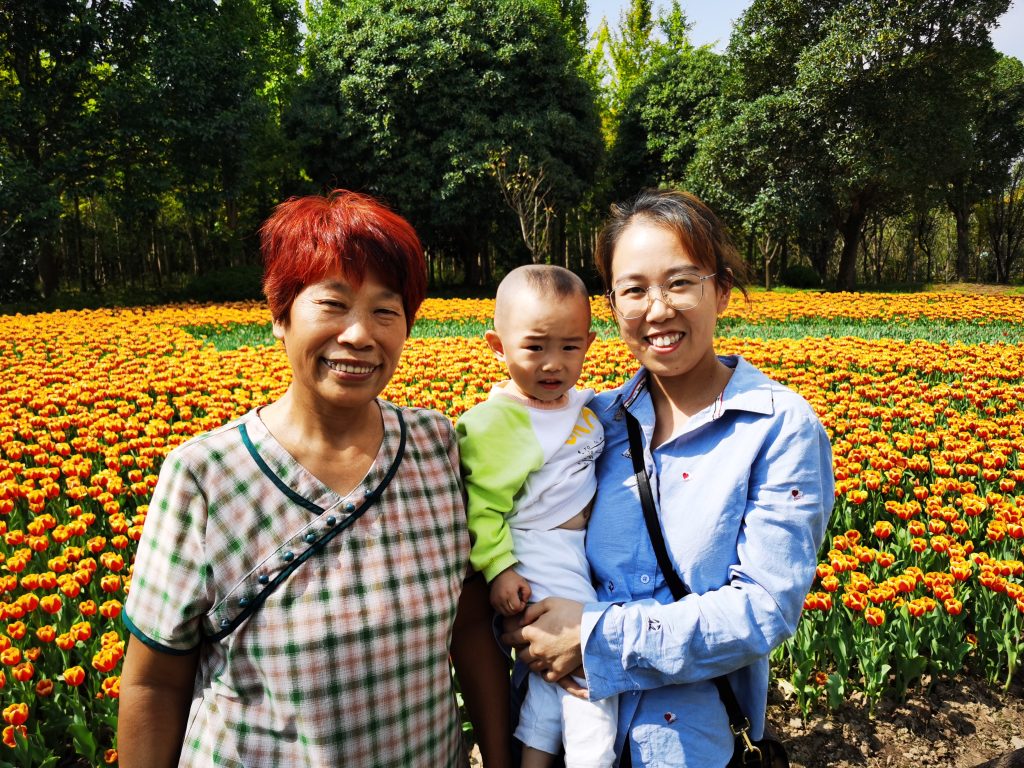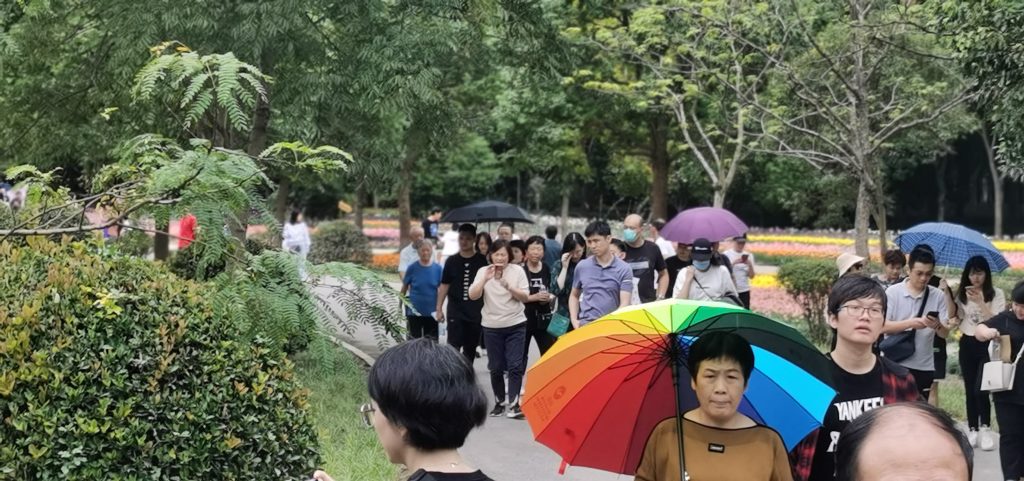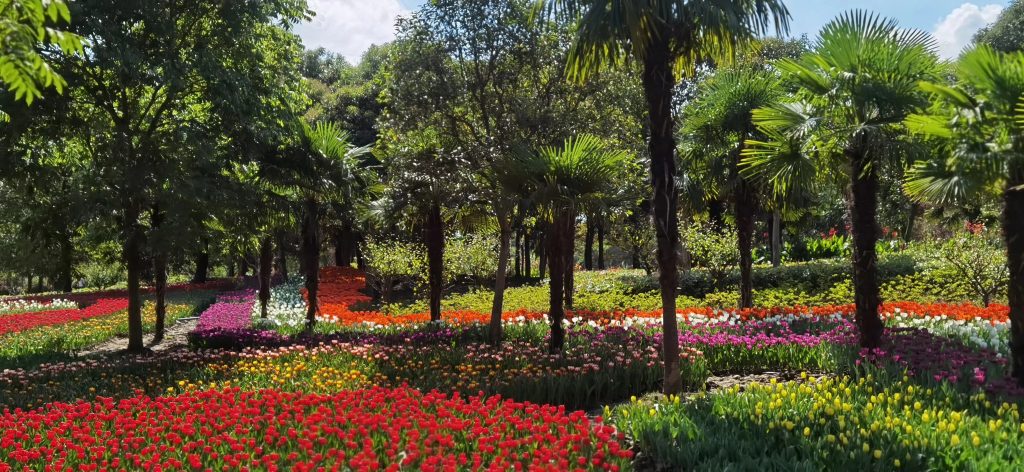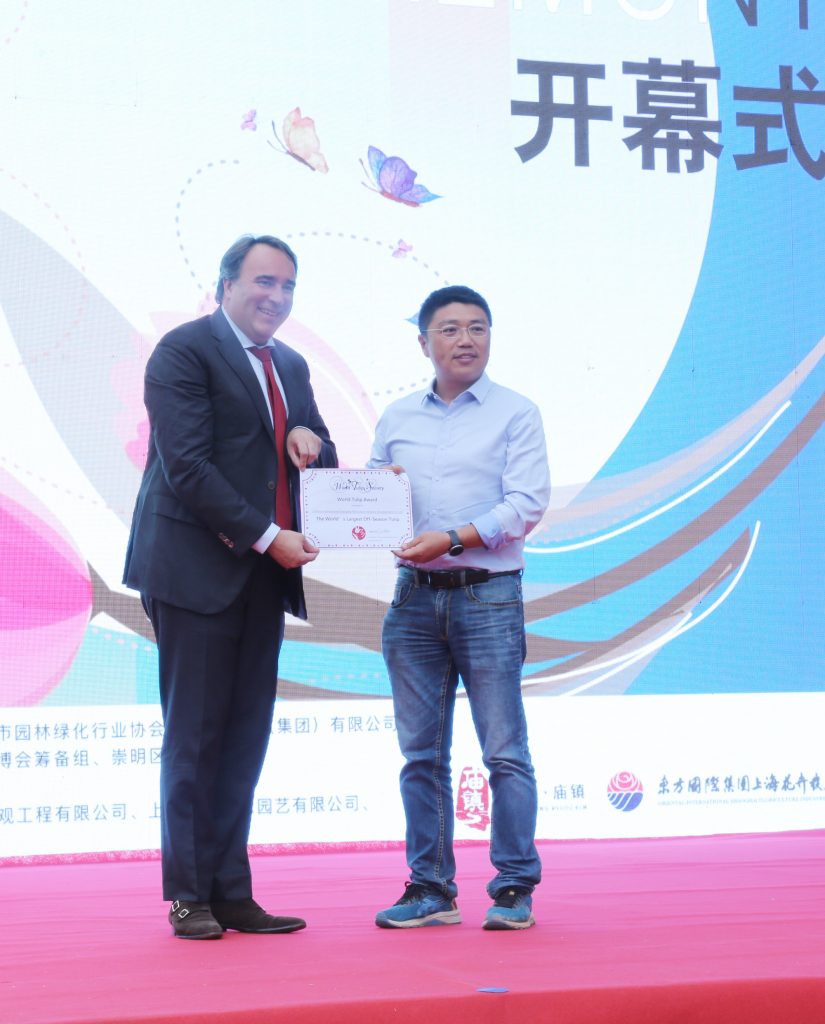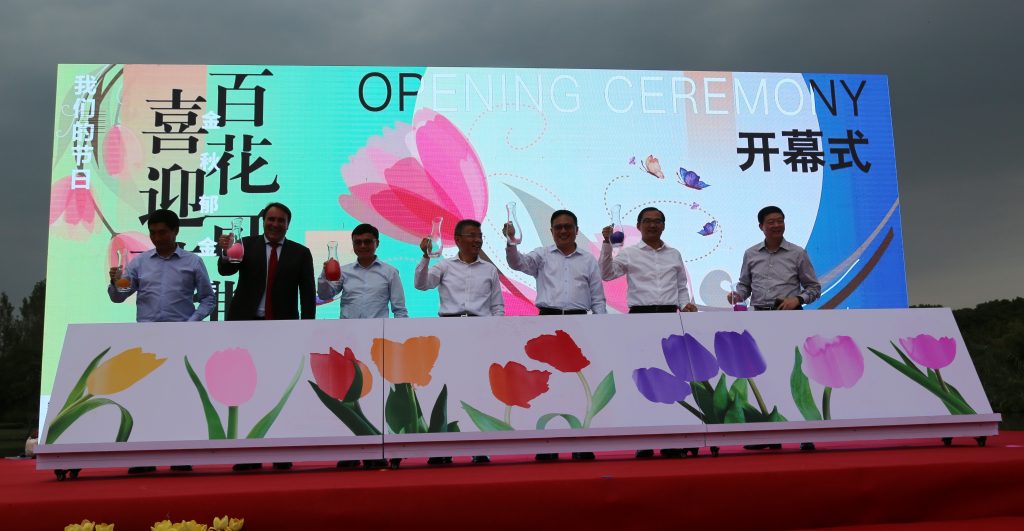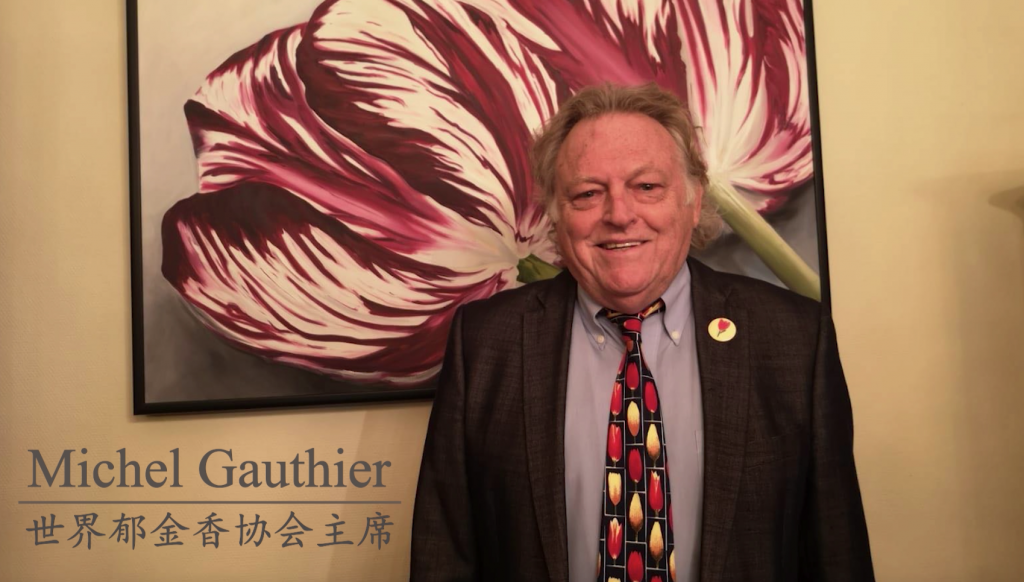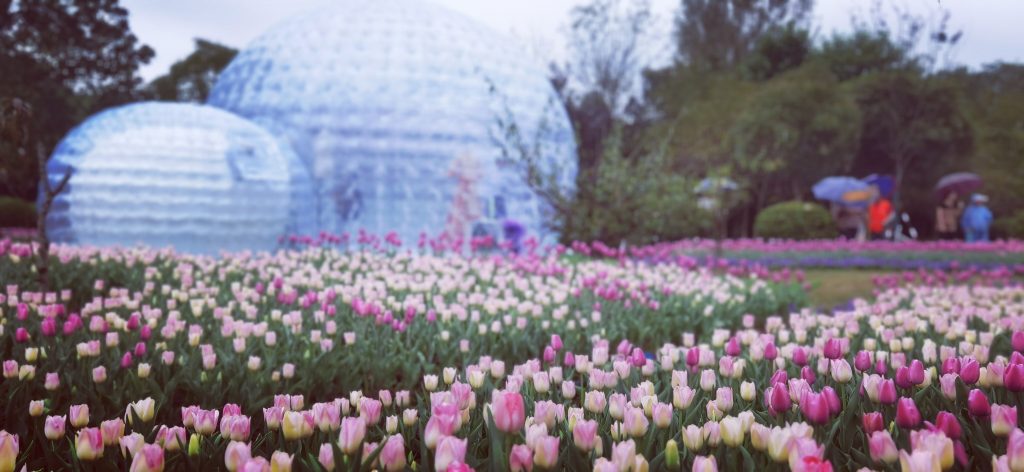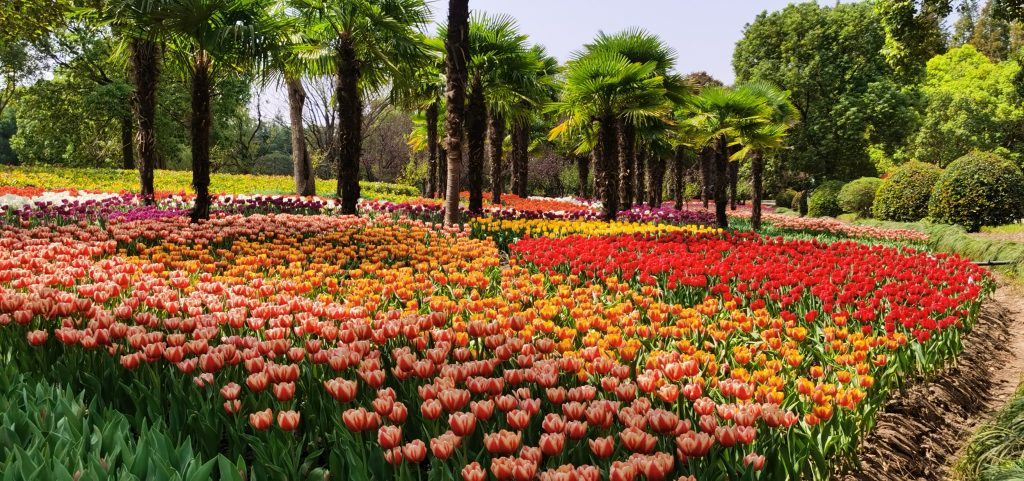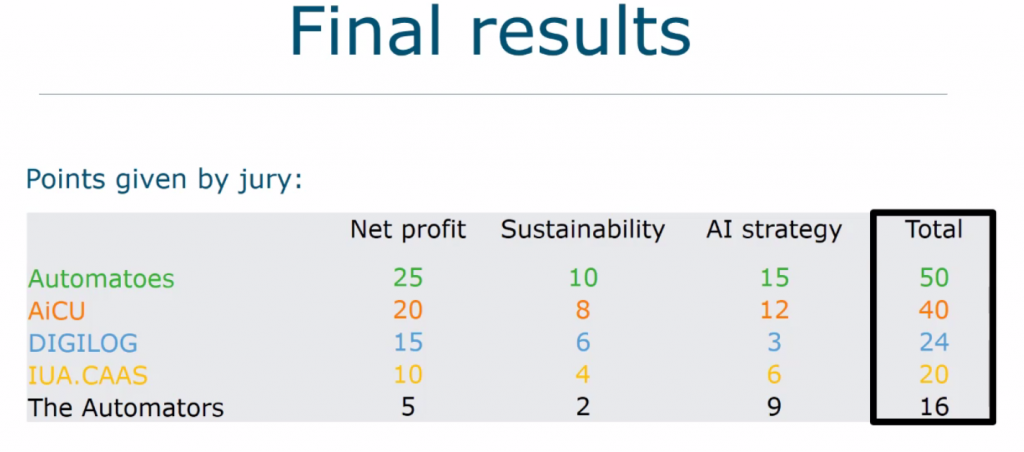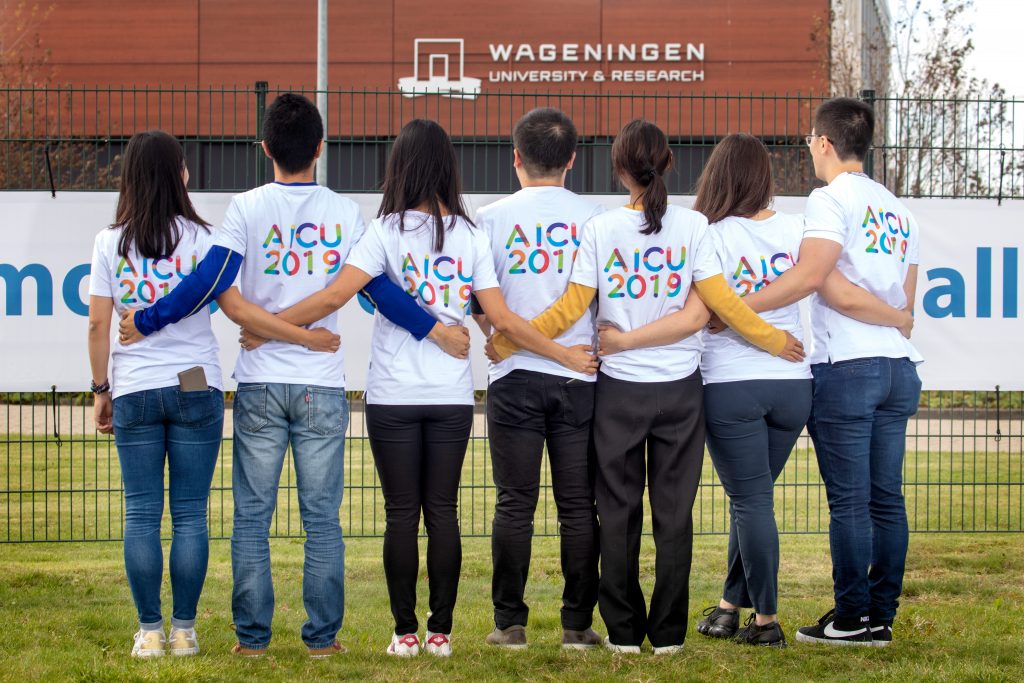During the October National Holiday Season, Oriental International Shanghai Floriculture Industry Development ltd (‘OISF’), launched the world’s largest off-season tulip festival in Miao Village on Chongming Island, Shanghai. Close to 1.8 million tulips were forced exactly into bloom for China’s most important holiday season, which lasts from 1 to 8 October.
Preparations for this big event already started last year, with the production and sourcing planning from different partners and suppliers in China, Netherlands and New Zealand. “We had to find solutions against all seasons and odds” says Ms Coco Yang, general manager of OISF. In the climate in Shanghai, with its hot and humid summers, it is impossible to plant tulip bulbs in the open landscape. The bulbs need a cool dormancy period of 3 to 4 months to develop a strong root bases and high-quality flowers. With the support of local and overseas partners we managed to import 1.8 million tulip bulbs from New Zealand and plant them on pots in June and store them in cooling rooms until mid-September. During 10 days about 50 trucks arrived at Chongming Island with the pre-rooted tulips from different locations across China. There over 400 workers planted the tulips into the landscape of the beautiful Zhongzhong Forest in Miao Town.
IGMPR has been supporting OISF in this project from the very beginning in the planning, sourcing, quality control and project management. ‘The use of pre-rooted tulips, allows tulip gardens and festivals to exactly time the blossom moment and extend the operation period. This is the first time ever, it has been done on such a massive scale, and we were honored and proud to work on this project since last year, says project lead Ibo Gülsen. Despite the world-wide pandemic and challenges in supply chains and travel restrictions, we managed to stay on track and achieve a magnificent result, thanks to OISF and all partners that were involved.”
Although visitation is capped at 1.000 visitors at any moment in the park due to COVID-19 regulations, over 5.000 visitors visit the show on a daily basis, with peaks of even 10.000. The show is also a warm-up for the coming 10th edition of the China Flower Expo which will be held on Chongming Island from May 21- July 2 in 2021.
For this accomplishment the chairman of the World Tulip Society, Mr Michel Gauthier, presented via a video message the award for the ‘World’s Largest Off Season Tulip Show’: “This project has proven again that the tulip is truly an international flower that can bring pleasure and joy to people at any time and place in the world”.

